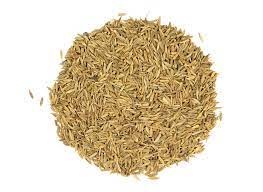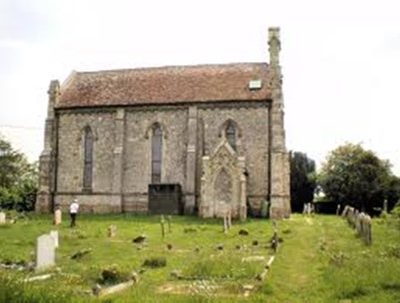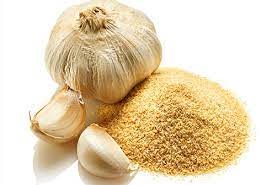Cummin Herb

Introduction:
Cummin is a garden herb that is related to carrots. Cummin is an aromatic bitter seed that has been used since Biblical times to season food. Cummin was revealed by Isaiah in the Old Testament teaching about wisdom. Jesus Christ condemned the Scribes and Pharisees who were “zealous in paying tithe of mint and anise and cummin, and have omitted the weightier matters of the Law, judgment, mercy, and faith: these ought ye to have done, and not to leave the other undone” in the New Testament.
Isaiah 28:25-27; Matthew 23:23
Cummin if an herb whose seeds are ground to make a pungent spice which is often added to bread. Cummin also a seed used as a condiment. Summer crops, such as cumin and flax, were sown before barley and wheat. Irrigation was known, particularly in the Jordan Rift. Weeding was by hoe and harvesting by sickle, the stalk apparently being cut high. Grain was threshed by oxen, threshing sled or stone threshing roller. Legumes and barley were fed to stock, along with chopped straw and hay. (Negev. 1990).
Cummin is scattered. A cart wheel is not turned about upon the cummin. (Isaiah 28:25). The ploughman refers to the method in which the fruit was reaped when he says: “For the fitches are not threshed with a threshing instrument, neither is a cart wheel turned upon the cummin; but the fitches are beaten out with a staff, and the cummin with a rod” (Isaiah 28:27). This method of preparation is required in the case of cummin, the fruit of which is easily separated by a light shake; but if bruised by a wheel, it would be injured, inasmuch as the oil would be pressed out. Jesus reprimands the scribes and Pharisees for using energy on the tithe of cummin and disregarding justice, mercy, and faith. These ought to have done, and not to leave the other undone. (Matthew 23:23).
Cummin was found in a wide state, as well as under cultivation. The seeds were bitter but aromatic used as a spice and for medicinal purposes. (MacKay. 1950. P.50). Cummin has the effect of dispelling flatulency and gripping of the bowels, and of promoting the secretion of the urine and the menstrual discharge. It also cures bruises, and to assuage defluxions of the eyes. (Pliny the Elder. 1856. Pg 264).
References:
MacKay, Alastair. (1950, December). Farming and Gardening in the Bible. Emmaus, Penna; Rodale Press
Negev, Avraham. (1990). The Archaeological Encyclopedia of the Holy Land, 3rd ed. New York: Prentice Hall Press.
Pliny the Elder. (1856). The Natural History of Pliny, Volume 4. Medford, MA: Taylor and Francis, Red Lion Court, Fleet Street, H. G. Bohn.
Cite Article Source
MLA Style Citation:
Holstein, Joanne “Cummin Herb:.” Becker Bible Studies Library Mar 2015.< https://guidedbiblestudies.com/?p=2395,>.
APA Style Citation:
Holstein, Joanne (2015, March) “Cummin Herb:.” Becker Bible Studies Library. Retrieved from https://guidedbiblestudies.com/?p=2395,.
Chicago Style Citation:
Holstein, Joanne (2015) “Cummin Herb:.” Becker Bible Studies Library (March), https://guidedbiblestudies.com/?p=2395, (accessed).


